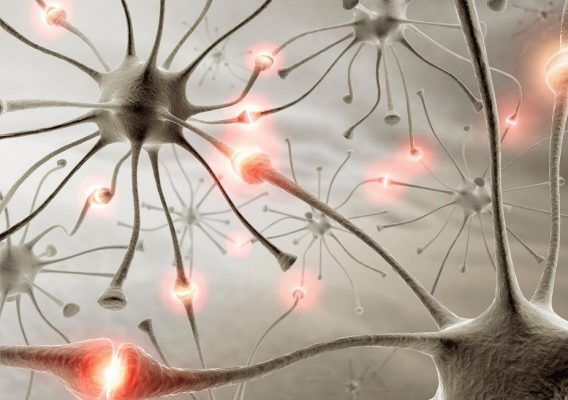There is no doubt that oligonucleotide therapies aimed at providing answers and improving the quality of life of patients with certain rare diseases, which still have no solution, are a hopeful prospect. The path, already started with numerous initiatives, Oligofastx among them, is also a reality.
But much research remains to be done, not only in the development of the molecules, but also in their production and distribution. Oligonucleotides will become an even more sustainable therapeutic solution in the long term as production improves and costs decrease over time.
Many steps have been taken in terms of the practical application of treatments for different diseases, as described above, but much work remains to be done to build a sustainable production system, since these types of oligonucleotide chains, being complex structures, are difficult and slow to synthesize.
Therefore, work is underway to find solutions in three key areas:
- Improved detection and analysis methods
- Production improvements
- Cost reduction
Technological advances for detection and analysis methods
Especially in the area of detection and analysis, scientists are relying on Artificial Intelligence and new applications that can help researchers identify potential targets of an oligo based on its genetic sequence or mutations associated with cancer cells, for example.
The term next-generation sequencing (NGS) refers to technologies designed to analyze large amounts of DNA in a massively parallel fashion.
NGS-based tests have revolutionized the study of genomes, allowing the reading of millions of DNA sequences in a massively parallel manner in a shorter time and at lower cost.
These tests include sequencing of gene panels, whole exome sequencing and whole genome sequencing. The analysis of their results is complex and requires a thorough bioinformatics and clinical process for proper interpretation.

Progress towards process improvement
The process of creating oligonucleotides for therapeutic use involves numerous complex subprocesses. Therefore, the search for improvement in each and every step of the synthesis reaction can facilitate the overall process to be faster and less costly.
One example is to increase efficiency by reducing the number of steps in the production process. One way to do this is to use a chemical called pyrophosphate, which can be used to bind nucleotides together. This allows enzymes such as polymerase and ligase to bind RNA together instead of adding it one at a time.
A second way to improve the process is to reduce the number of chemicals used in each step, again using pyrophosphate as a linker between the steps.
In addition, there are ways to improve product purity through changes in pH or temperature during specific processes; for example, an increase in pH during synthesis will lead to better yield because it causes less degradation of the RNA strands as they are formed.
Finally, new synthesis methods are being developed to enable a large-scale sustainable production system. The OLIGOFASTX project includes activities in this direction.
Production and distribution: a process to be simplified
Once scientists have come up with a valid solution for a therapeutic application, the phase begins in which the drug is prepared to reach the patient. In this process, costs are incurred including drug development, clinical trials, regulatory approvals, manufacturing and marketing.
In addition to the deadlines, the process itself is complex and requires high production with high quality standards in order to be profitable for the pharmaceutical sector. This aspect is really contradictory when the industry in general is moving towards the concept of Personalized Precision Medicine that allows, in this case, the design of specific treatments for rare diseases, even if they are rare.
Therefore, both from the economic-financial point of view and from the healthcare perspective, it is necessary to start working on the design of a model that facilitates the delivery of treatments to the patient at a reasonable cost and with the support of the different national healthcare systems.
As we can see, the project in which we are immersed in Oligofastx poses many challenges: not only from the point of view of research, but also from the manufacturing and distribution field. And, undoubtedly, it also opens angles of discussion in other fields different from the scientific one, which needs to prepare a system for the arrival of “tailor-made” solutions in an accessible way and under the umbrella of the right to universal healthcare.
A horizon with universal and very exciting challenges, with much work to be done.
Sources:
http://www.scielo.org.pe/scielo.php?script=sci_arttext&pid=S2308-05312021000200399
https://bibliotecadigital.exactas.uba.ar/download/tesis/tesis_n3470_Gallo.pdf
https://www.ncbi.nlm.nih.gov/pmc/articles/PMC7449109/
Header image: https://genotipia.com/wp-content/uploads/2022/05/terapia-genicab.jpg

 Español
Español
